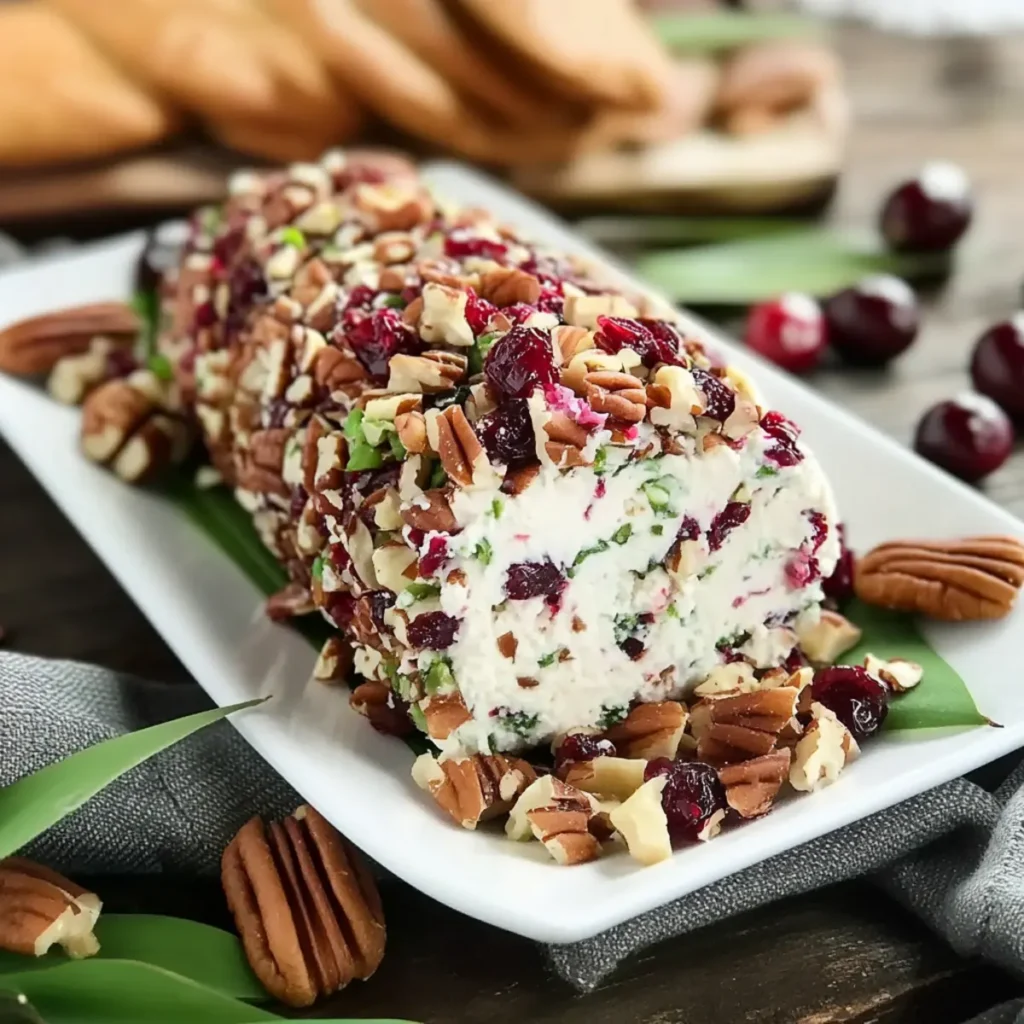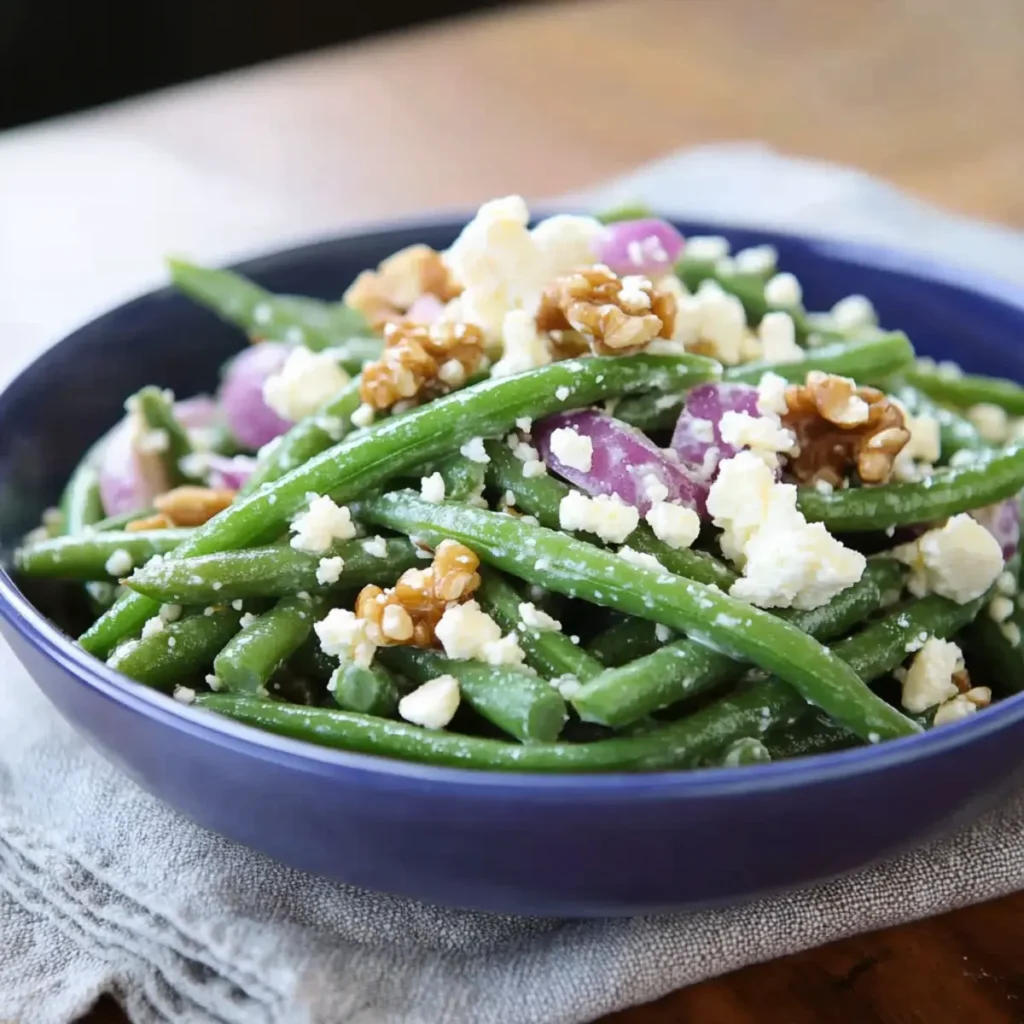Laotian cuisine is a treasure trove of flavors, deeply rooted in the country’s rich cultural tapestry. At the heart of this culinary tradition lies the traditional Laotian meat salad, known locally as Larb. This dish is not just a meal; it’s a celebration of Laos’s vibrant heritage and culinary ingenuity.
The Cultural Significance of Traditional Laotian Meat Salad (Larb)
Larb, often hailed as the national dish of Laos, is more than just a meat salad. It’s a symbol of family, community, and the Laotian way of life. Each ingredient in Larb tells a story of the land and its people, from the fresh herbs to the zesty lime juice. To truly understand Laotian culture, one must experience the rich, bold flavors of Larb.
Traditional Laotian Meat Salad Ingredients: A Fusion of Simplicity and Flavor
The traditional Laotian meat salad, known as Larb, is a testament to the beauty of simplicity in cooking. This dish, while straightforward in its composition, offers a complex tapestry of flavors that are both bold and refreshing. Here are the key ingredients that make up this delightful salad:
- Minced Meat: The star of the dish, typically made with beef, chicken, or pork. Each type of meat brings its own unique flavor and texture to the salad.
- Fresh Herbs: A mix of cilantro and mint adds a burst of freshness and vibrancy, essential to the dish’s character.
- Aromatic Elements: Garlic, ginger, and shallots are finely chopped to infuse the salad with their distinctive flavors.
- Seasonings: Fish sauce and lime juice are crucial for achieving the perfect balance of salty and sour, which is characteristic of Southeast Asian cuisine.
- Roasted Rice Powder: This unique ingredient, known as Khao Khua, is made by toasting and grinding sticky rice. It adds a nutty essence and helps thicken the salad, giving it a signature texture.
Each ingredient in Larb plays a vital role, coming together to create a harmonious blend that is the hallmark of Laotian cuisine. The result is a dish that is not only pleasing to the palate but also nourishing to the soul.
For a deeper dive into the traditional ingredients and their roles, visit Herbs and Spices in Laotian Cuisine.
The Unique Preparation of Traditional Laotian Meat Salad
Cooking the Meat
The journey of creating Larb begins with the meat. Whether it’s beef, chicken, or pork, the key is to cook it just right. The meat is usually sautéed over medium heat until it’s fully cooked but still tender and juicy. This careful cooking ensures the meat remains the star of the dish.
Toasting the Rice
In parallel, sticky rice is dry-roasted in a pan until it turns a golden brown. This step is crucial as it brings out the nutty aroma and flavor of the rice. Once cooled, the rice is ground into a fine powder, known as Khao Khua. This roasted rice powder is not just a thickener; it’s a flavor enhancer, adding depth and texture to Larb.
Mixing the Ingredients
Once you cook the meat, the magic begins. Mix the cooked meat with aromatic elements like finely chopped garlic, ginger, and shallots. Then, add fresh herbs such as cilantro and mint to infuse the dish with a burst of freshness.
Balancing the Flavors
The next step is all about achieving the perfect balance of flavors. Add fish sauce and lime juice to the mix for essential salty and sour notes. Adjust the amounts to taste, ensuring the right balance for an authentic Laotian flavor profile.
Adding the Roasted Rice Powder
Finally, the roasted rice powder is sprinkled in. This not only thickens the salad but also adds a subtle crunch and a nutty flavor, making Larb a dish with a complex and layered texture.
Serving the Salad
Traditionally, serve Larb at room temperature, often with lettuce leaves or sticky rice. Use the lettuce leaves as wraps for a refreshing, healthy option, and sticky rice to complement the salad’s bold flavors.
The preparation of Larb is a beautiful symphony of flavors and textures, each step adding its own note to create a dish that’s truly representative of Laotian culinary excellence.
Variations of Traditional Laotian Meat Salad Across Regions and Households
The traditional Laotian meat salad, known as Larb, is a dish that beautifully showcases the diversity of Laotian cuisine. While the basic ingredients and preparation methods remain consistent, there are numerous regional and household variations that add unique twists to this classic dish.
Regional Differences
- Northern Laos: In the mountainous regions, Larb often includes more robust flavors with an emphasis on bitter herbs and sometimes, the inclusion of offal.
- Southern Laos: Here, the dish might be spicier, reflecting the region’s love for bold flavors and heat.
Household Variations
- Protein Choices: While beef, chicken, and pork are common, some families might use fish or duck, offering a different flavor profile.
- Herb Selection: The choice and proportion of herbs like mint and cilantro can vary, with some households preferring a more herb-forward version.
- Spice Levels: Depending on individual preferences, the amount of chili used can range from mild to very spicy.
Modern Twists
- Vegetarian and Vegan Versions: Modern adaptations have led to the creation of vegetarian and vegan versions of Larb, using tofu or tempeh as protein substitutes.
- Fusion Flavors: Some chefs have experimented by adding non-traditional ingredients like avocado or incorporating Larb into fusion dishes like tacos or salads.
For more insights into how traditional dishes can be adapted and transformed, check out Yummyolk’s take on comfort food classics and innovative dessert ideas.
These variations not only highlight the versatility of Larb but also demonstrate how traditional dishes can evolve and adapt to different tastes and dietary preferences, all while maintaining their cultural essence.
Nutritional Benefits of Traditional Laotian Meat Salad
The traditional Laotian meat salad, known as Larb, is not just a feast for the taste buds but also offers a range of nutritional benefits. This dish, popular in Laos and among food enthusiasts worldwide, is a healthy choice for various reasons:
High in Protein
- Lean Meat: Larb is typically made with lean cuts of meat such as chicken, beef, or pork, providing a high-quality source of protein. This is essential for muscle building and repair, making it a great option for those with an active lifestyle.
Low in Carbohydrates
- Ideal for Low-Carb Diets: Larb, with its low carb content, is ideal for ketogenic or low-carb diets. The main carbs come from a small amount of roasted rice powder, which is minimal.
Rich in Vitamins and Minerals
- Fresh Herbs and Vegetables: The inclusion of fresh herbs like mint and cilantro, along with vegetables such as shallots and garlic, adds essential vitamins and minerals to the dish. These ingredients, known for their antioxidant properties, contribute to overall health and well-being.
Healthy Fats
- Good Fat Sources: Depending on the meat used, Larb can be a good source of healthy fats, particularly if made with grass-fed beef or other high-quality meat sources. These fats are crucial for brain health and energy.
Customizable for Dietary Needs
- Adaptable for Different Diets: Larb can be easily modified to suit various dietary requirements. Using lean chicken or turkey reduces fat, while tofu or tempeh substitutions create vegetarian or vegan versions without losing protein.
In summary, Laotian meat salad is a nutritious dish that aligns well with a balanced diet. Its combination of lean protein, fresh herbs, and minimal carbohydrates makes it a healthful choice that doesn’t sacrifice flavor for nutrition.
Serving and Presentation: Traditional vs. Modern Twists
The traditional Laotian meat salad, Larb, offers vibrant flavors and versatile serving options. While Laotian culture cherishes traditional methods, modern twists provide new ways to enjoy this classic dish.
Traditional Serving Methods
- Lettuce Wraps: Traditionally, Larb is often served with lettuce leaves, allowing diners to scoop up the salad and eat it as a wrap. This method is not only healthy but also adds a refreshing crunch to each bite.
- Accompanied by Sticky Rice: In many Laotian households, Larb is served alongside sticky rice. The rice acts as a perfect vehicle to absorb the flavors of the salad and adds a satisfying texture contrast.
Modern Presentation Styles
- Larb Tacos: A contemporary take on Larb involves serving it in taco shells, marrying Laotian flavors with a Mexican format. This fusion creates a fun and interactive dining experience.
- Salad Bowls: Modern cafes and restaurants often serve Larb over a bed of greens, turning it into a hearty salad bowl. This style is particularly popular among health-conscious diners.
- Mini Appetizer Bites: Serve Larb as mini appetizer bites for a party-friendly twist, spooning it onto endive leaves or small crackers, ideal for small gatherings or as a starter.
Plating and Garnish
- Aesthetic Appeal: Modern plating techniques focus on the aesthetic appeal. Garnish Larb with extra herbs, lime wedges, and sometimes edible flowers for a sophisticated presentation.
- Interactive Elements: Offering condiments such as extra lime juice, fish sauce, or chili flakes lets diners tailor the flavor to their taste, adding an interactive, personalized touch to the meal.
Whether served in a traditional style or with a modern twist, Larb’s essence stays constant – it’s a celebration of fresh, bold flavors. Its versatile serving and presentation showcase Laotian cuisine’s adaptability to various tastes and settings, making it a globally beloved dish.
Pairing Traditional Laotian Meat Salad with Other Laotian Dishes
To create a complete Laotian meal experience, pair Larb with other traditional dishes like sticky rice, papaya salad, and steamed vegetables. For more on traditional Laotian dishes and their pairings, explore Southeast Asian Cooking Techniques.
Adapting the Traditional Laotian Meat Salad Recipe for Different Diets
The traditional Laotian meat salad, Larb, boasts remarkable versatility, easily adapting to various dietary preferences and restrictions. You can modify Larb to suit vegetarian, vegan, or specific dietary needs without sacrificing its essence and flavor. Here are ways to tweak the recipe for different diets:
Vegetarian and Vegan Adaptations
- Protein Substitutes: Replace the meat with plant-based proteins like tofu, tempeh, or even lentils. These alternatives can be cooked and seasoned in a similar way to meat, ensuring the dish retains its traditional flavors.
- Vegan Fish Sauce: For a vegan version, use a vegan fish sauce made from seaweed or soy-based alternatives to replicate the umami flavor.
Gluten-Free Version
- Gluten-Free Soy Sauce: If fish sauce or soy sauce is used, opt for gluten-free versions. This simple switch makes Larb suitable for those with gluten sensitivities or celiac disease.
- Check the Rice Powder: Make sure the roasted rice powder is pure and hasn’t been cross-contaminated with gluten-containing grains.
Low-Carb and Keto-Friendly
- Reducing Carbs: Larb is already low in carbohydrates. To make it keto-friendly, simply ensure that any added sauces or ingredients are low in sugars and carbs.
- Increasing Healthy Fats: Add more healthy fats, like avocado or a drizzle of extra virgin olive oil, to align with a ketogenic diet’s macronutrient ratios.
Paleo Adaptations
- Paleo-Friendly Ingredients: Use grass-fed meat and replace any non-paleo ingredients (like certain sauces) with paleo-approved alternatives.
- Natural Sweeteners: If the recipe calls for sugar, use natural sweeteners like honey or coconut sugar.
Allergy-Friendly Options
- Nut Allergies: Since Larb doesn’t typically contain nuts, it’s already suitable for those with nut allergies. However, always check the ingredients of any store-bought sauces or condiments.
- Soy Allergies: For those allergic to soy, avoid soy-based sauces and opt for alternatives like coconut aminos.
Making these adjustments allows a wide range of people to enjoy Larb, regardless of their dietary preferences or restrictions. This adaptability not only makes Larb a versatile dish but also showcases the inclusive nature of Laotian cuisine.
The Global Influence of Laotian Cuisine
Laotian cuisine, with Larb at its forefront, has gained international recognition for its unique flavors and healthy ingredients. It’s a testament to the global appeal of simple, yet bold and flavorful dishes.
FAQs for Traditional Laotian Meat Salad
What is a Meat Salad in Lao Cuisine?
In Lao cuisine, people commonly refer to a meat salad as Larb (also spelled Laap, Larp, or Laab). This traditional dish consists of minced or finely chopped meat, seasoned with lime juice, fish sauce, chili, and fresh herbs like mint and cilantro. Chefs often add roasted rice powder to give the salad a unique texture and nutty flavor. Celebrated for its harmonious blend of fresh, tangy, and spicy flavors, Larb is a staple in Lao culinary tradition.
What is Larb Traditionally Made With?
Traditionally, Larb is made with:
- Meat: Commonly used meats include beef, chicken, pork, duck, or fish, finely chopped or minced.
- Herbs: Fresh herbs like mint and cilantro are essential for the salad’s freshness.
- Aromatics: Shallots, garlic, and sometimes lemongrass add depth to the flavor.
- Seasonings: Fish sauce for umami, lime juice for acidity, and chili for heat.
- Roasted Rice Powder: Known as Khao Khua, chefs make this ingredient by toasting and grinding sticky rice, which gives Larb its signature texture and nutty taste.
What is the Crossword for Lao Meat Salad?
In crossword puzzles, the answer for a clue referring to a “meat salad from Laos” is often Larb. This dish is not only a culinary delight but also a popular reference in various word games and puzzles due to its uniqueness in Laotian cuisine.
What is the Difference Between Larb and Nam Tok?
Both Larb and Nam Tok, popular meat-based dishes in Lao and Thai cuisine, have key differences:
- Larb: This is a minced meat salad, often made with chicken, pork, or beef, and characterized by its use of fresh herbs, lime juice, fish sauce, and roasted rice powder.
- Nam Tok: “Waterfall,” or Nam Tok in Thai, typically involves grilling meat (usually beef or pork), slicing it, and then mixing it with seasonings similar to those in Larb. However, it often includes additional ingredients like toasted rice, ground dried chili, and sometimes blood, which is not common in Larb.
Both dishes, celebrated for their robust flavors, are integral to the culinary landscapes of Laos and Thailand.






